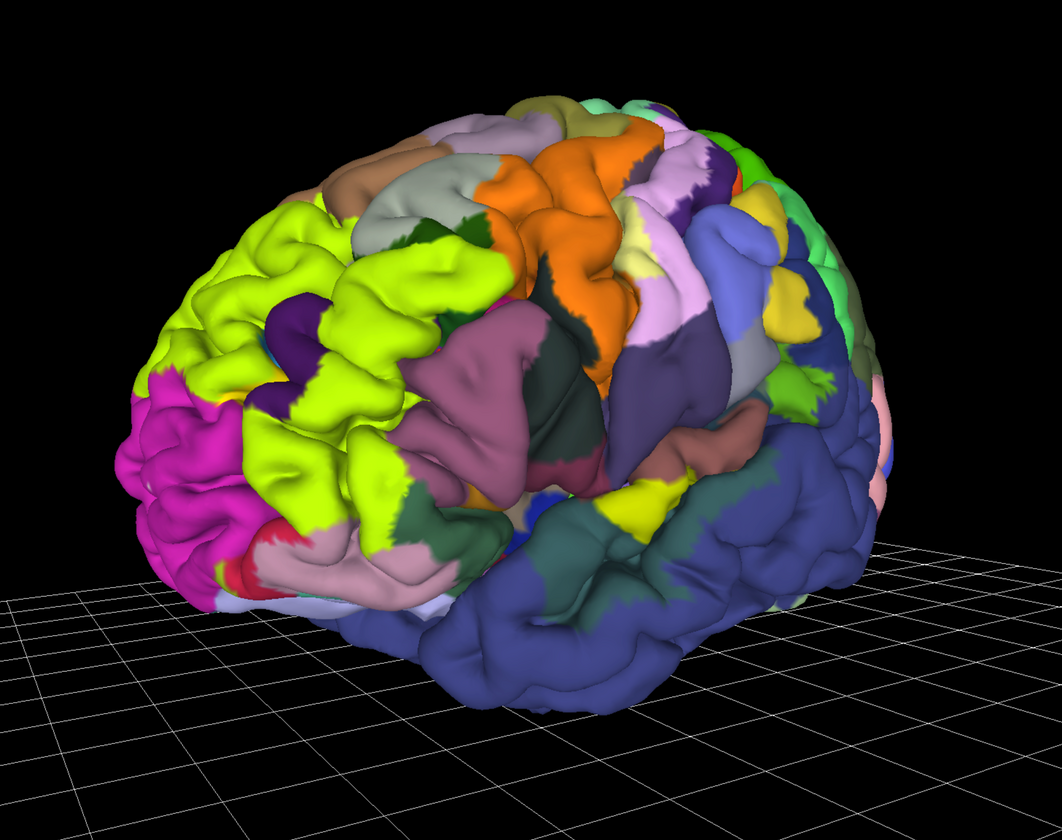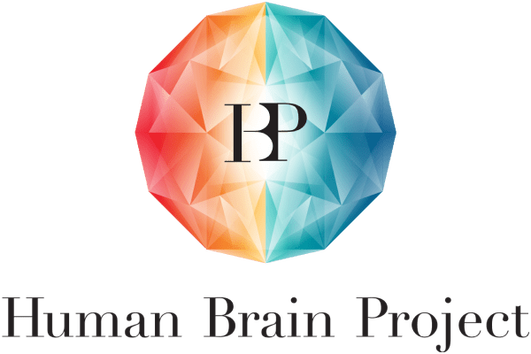Explore the
human brain
Despite weighing no more than around 1500 grams, the human brain is one of the most complex systems on Earth.
How does its organization enable the incredible cognitive functions that make us human?
The Julich Brain Atlas contributes to one of the greatest challenges in science of the 21st century: to understand the human brain and to develop treatments for patients suffering from brain diseases.


The Julich Brain Atlas
From tiny molecules to the approximately 86 billion nerve cells and trillions of contact points to widely ramified networks - numerous levels constantly interact in a harmonic orchestra. This all happens within milliseconds to a whole lifetime. The greatest challenge in understanding the brain is therefore bridging the different levels and finding out their interdependencies. Another challenge lies in the inter-individual variability of the brain - the surface of each brain is like a fingerprint.
To address this challenge, the Julich Brain Atlas provides the conceptual and technological basis: A 3D reference brain in which various neuroscientific data from the different levels can be systematically integrated and analysed - a kind of Google Earth for the brain. Zooming out, you can see the borders of countries, or the borders of brain areas. Zooming in, you can see cities, or the bodies of nerve cells, and streets, or the connections between nerve cells. Our brain is far too complex for us to investigate it all by ourselves. The Julich Brain Atlas is a powerful tool made available to the scientific community to collaboratively decode the human brain.
nerve cells in the human brain
of fibres in the human nervous system
is the energy consumption of the brain
of data within a digital model of the brain on a 1 micrometer resolution
Atlas Elements

Probabilistic maps
3D probabilistic maps of cytoarchitectonic regions
Tap to learn more

BigBrain
Reference brain in 20 micrometer resolution
Tap to learn more

Fibre Architecture
Nerve fibres revealed by 3D-Polarized Light Imaging
Tap to learn more

Neurotransmitter Receptors
Revealed by quantitative receptor autoradiography
Tap to learn more

»A smart interface pooling the knowledge of brain researchers around the globe is key to unlocking the secrets of our brain. The Julich Brain Atlas sets the course for this.«

Funding
More than a quarter of a century of research has already gone into the Julich Brain Atlas. In 1993, the first areas of the Julich-Brain were mapped in the Cécile and Oscar Vogt Institute of Brain Research in Düsseldorf. Since 2008, the activities are complemented at the Institute of Neuroscience and Medicine at the Forschungszentrum Jülich.
Third Party Funding
EBRAINS 2.0
EBRAINS (European Brain Research Infrastructures) is a collaborative European Research Infrastructure designed to advance and accelerate progress in advanced neuroscience and brain health.
EBRAINS 2.0 aims to foster a deeper understanding of brain structure and function with dedicated and mature software tools, to support research in neuroscience, brain medicine, and brain-inspired technologies until 2026, enhancing European leadership in the field.
The EBRAINS 2.0 Project receives funding from the European Union’s Horizon Europe Programme under the Specific Grant Agreement No. 101147319.
Human Brain Project
The Julich Brain Atlas is being developed within the framework of the Human Brain Project. It is accessible through its Research Infrastructure EBRAINS and its Multilevel Human Brain Atlas.
The HBP receives funding from the European Commission (SGA3, Grant Agreement ID: 945539).
Helmholtz International BigBrain Analytics and Learning Laboratory (HIBALL)
Helmholtz International BigBrain Analytics and Learning Laboratory (HIBALL)
HIBALL is the new funding umbrella for the BigBrain Project. It reinforces the utilization and co-development of the latest AI and high-performance computing (HPC) technologies for building highly detailed 3D brain models.
The BigBrain is a central element of the Julich Brain Atlas, and provides the link to cellular brain structure, in full 3D.
HIBALL receives funding from the Helmholtz Association in Germany and the Healthy Brains for Healthy Lives initiative in Canada.
Helmholtz AI local unit
The Julich Brain Atlas research is funded by the Helmholtz Association by the research group on artificial intelligence for decoding human brain organisation.
News

New release of the Julich-Brain Atlas adds 52 new maps

EBRAINS Research Infrastructure Secures €38 Million in Funding for New Phase of Digital Neuroscience

“Impressive research results” - external review panel evaluates final results of Human Brain Project




